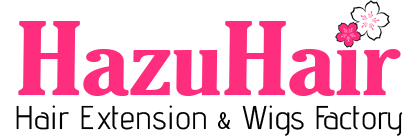Hair knowledge
Raw Hair FAQ: Your Questions Answered
Do you feel a little out of place when the conversation turns to raw hair bundles? We get it navigating hair lingo can be overwhelming, especially if your main goal is just to look fabulous. But trust us, understanding raw hair bundles is worth it! Whether you’re curious about raw hair bundles or you’ve just snagged a few for your sew-in or quick weave, you might have questions swirling in your mind. Don’t worry we’ve got you covered.
We’ve compiled answers to the most common questions that might be running through your head. If you’re aiming for a flawless look without accidentally ruining your bundles, this guide is a must-read. And if you still have questions after, feel free to ask us we’re here to help!
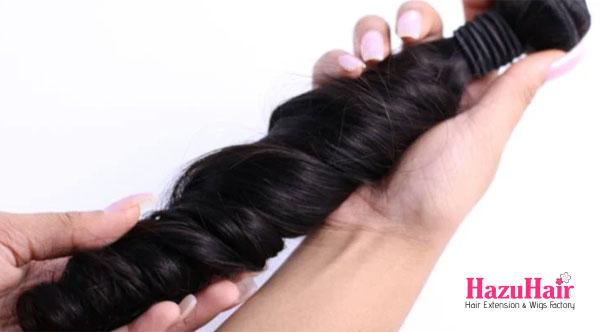
What Is Raw Hair?
Raw hair is one of the most sought-after types of hair extensions, prized for its authenticity and versatility. But what exactly does “raw hair” mean? Essentially, raw hair refers to hair that has not undergone any chemical treatments, heat styling, or steam processing. In other words, it is completely unprocessed and remains in its purest, most natural form.
This type of hair is collected directly from a single donor and carefully bundled together to preserve its original qualities. Each bundle reflects the natural texture, color, and pattern of the donor’s hair, ensuring that no two bundles are exactly alike. The result is a product that is as close to natural human hair as possible, offering unparalleled quality and a realistic appearance.
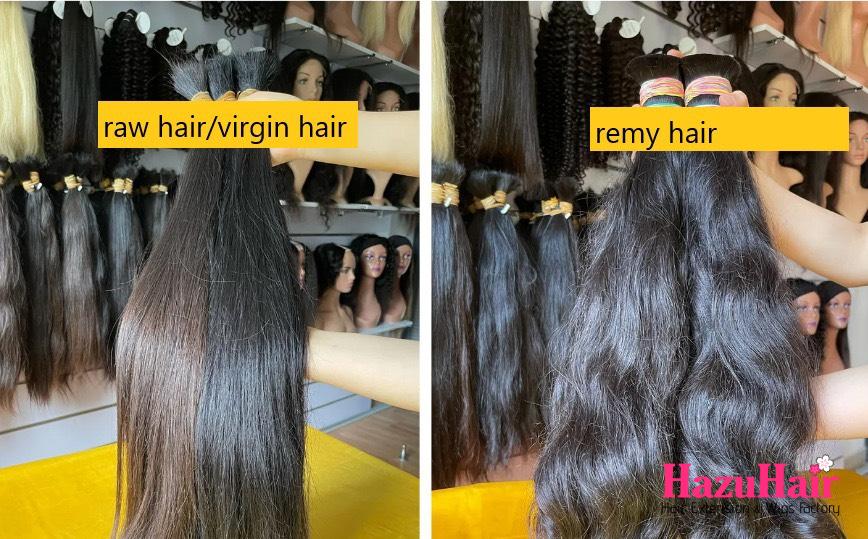
Raw hair is primarily sourced from regions known for their high-quality hair, such as India, Brazil, and Vietnam. These locations are popular due to the healthy and diverse hair types their donors provide. Common textures and styles available in raw hair bundles include straight, wavy, and the increasingly popular kinky curly options. These natural textures make raw hair ideal for a variety of uses, from sew-ins and wigs to custom hairpieces that mimic natural hair movement and flow.
Because it is unprocessed, raw hair can be dyed, styled, or treated just like natural hair. It is durable and long-lasting, often lasting years with proper care, making it a worthwhile investment for anyone seeking premium hair extensions. Its authenticity and adaptability have made raw hair the gold standard in the hair industry for those who value quality and realism.
Is Virgin Hair Better Than Raw Hair?
A common question when exploring high-quality hair extensions is the difference between virgin hair and raw hair—and which one is better. To clarify, virgin hair and raw hair are not the same. While both are sourced from donors and are considered premium hair types, their key distinction lies in the level of processing.
Virgin Hair refers to hair that has undergone minimal processing. While it is collected from a single donor and remains free of chemical treatments, it is often refined to achieve uniformity in texture or style. For instance, if the donor’s hair is naturally straight, it might be processed to create body waves or dyed to achieve a specific color. This light processing allows virgin hair to offer more styling versatility, making it a popular choice for those seeking pre-styled or pre-colored options.
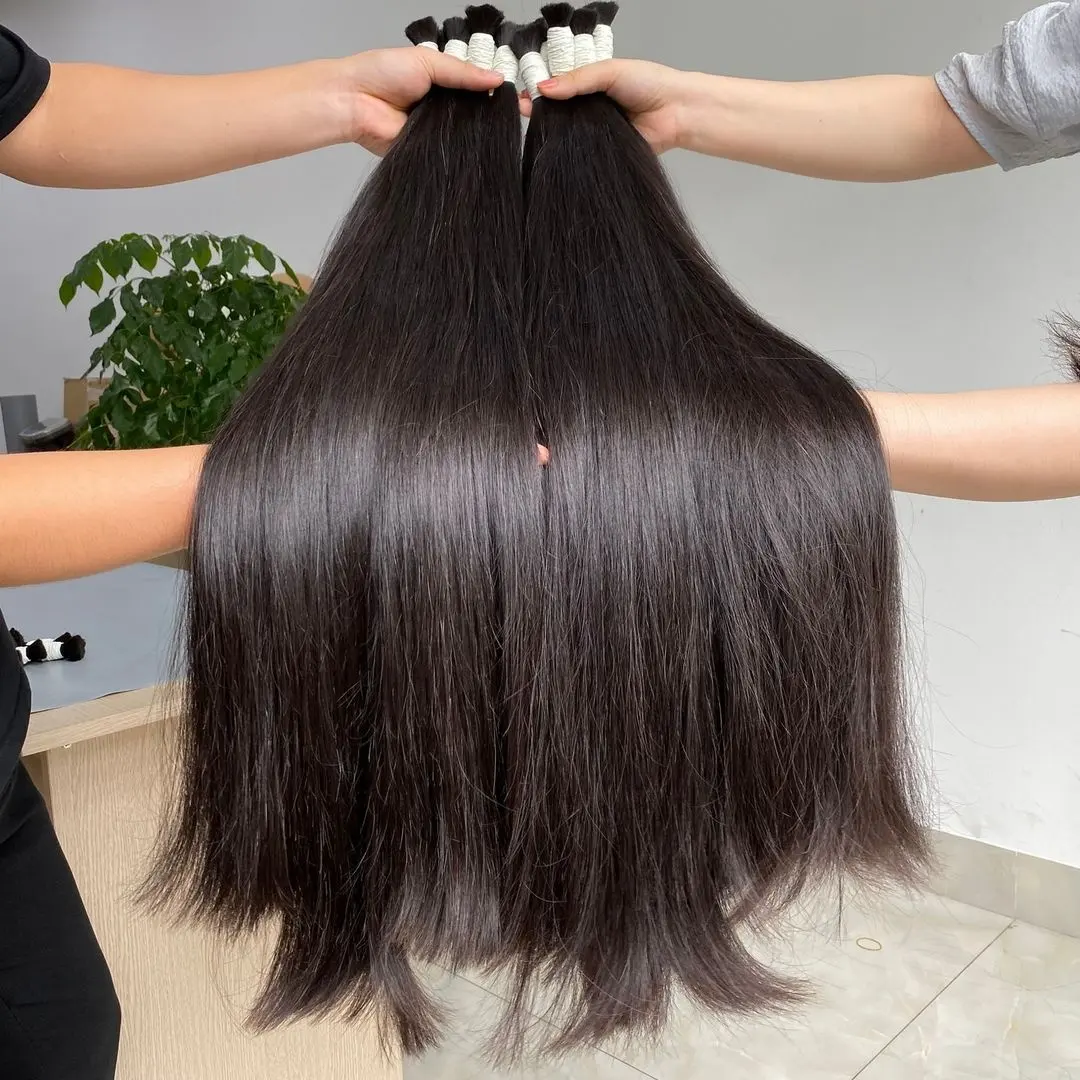
Raw Hair, on the other hand, is entirely unprocessed. It is cut directly from the donor, bundled together, and sold in its natural state, retaining its original texture, pattern, and color. Because it is untouched, raw hair offers a completely authentic look and feel, closely resembling natural human hair. Its unaltered quality also means that it requires less maintenance to preserve its natural beauty over time.
When choosing between virgin hair and raw hair, the decision often comes down to personal preference and lifestyle needs:
- Raw Hair: Ideal for those who value authenticity and durability, raw hair maintains its quality over time with proper care. It is perfect for creating custom styles and offers a truly natural appearance.
- Virgin Hair: Best suited for individuals who desire ready-to-use hair with a range of styling options. Its light processing makes it more versatile in terms of texture and color.
As for which is better, it ultimately depends on your budget and what you prioritize in hair extensions. Both virgin and raw hair are excellent options, each offering unique benefits. Whether you choose raw hair for its unprocessed authenticity or virgin hair for its styling flexibility, you’re investing in a premium product designed to elevate your look.
Is Raw Hair Sourced From a Single Donor?
One of the defining characteristics of raw hair bundles is the source of the hair. Unlike virgin hair, which is often collected from multiple donors, raw hair is typically sourced from fewer donors, ensuring higher quality and consistency.
When it comes to single-donor raw hair, this type is considered rare and more expensive due to its exclusivity. Hair from a single donor is cut and bundled in its entirety, preserving the natural alignment of the cuticles. This meticulous process ensures that the bundle maintains uniformity in texture, color, and overall appearance, giving it a seamless, natural look when installed.
The hair is usually gathered into a ponytail and carefully cut to preserve its structure and integrity. This method prevents tangling and promotes longevity, making single-donor raw hair a premium choice for those who prioritize quality and authenticity.
While not all raw hair is single-donor, its overall sourcing process still emphasizes maintaining the natural properties of the hair. Whether single-donor or sourced from a small group of donors, raw hair offers a level of authenticity and durability that sets it apart in the hair industry.
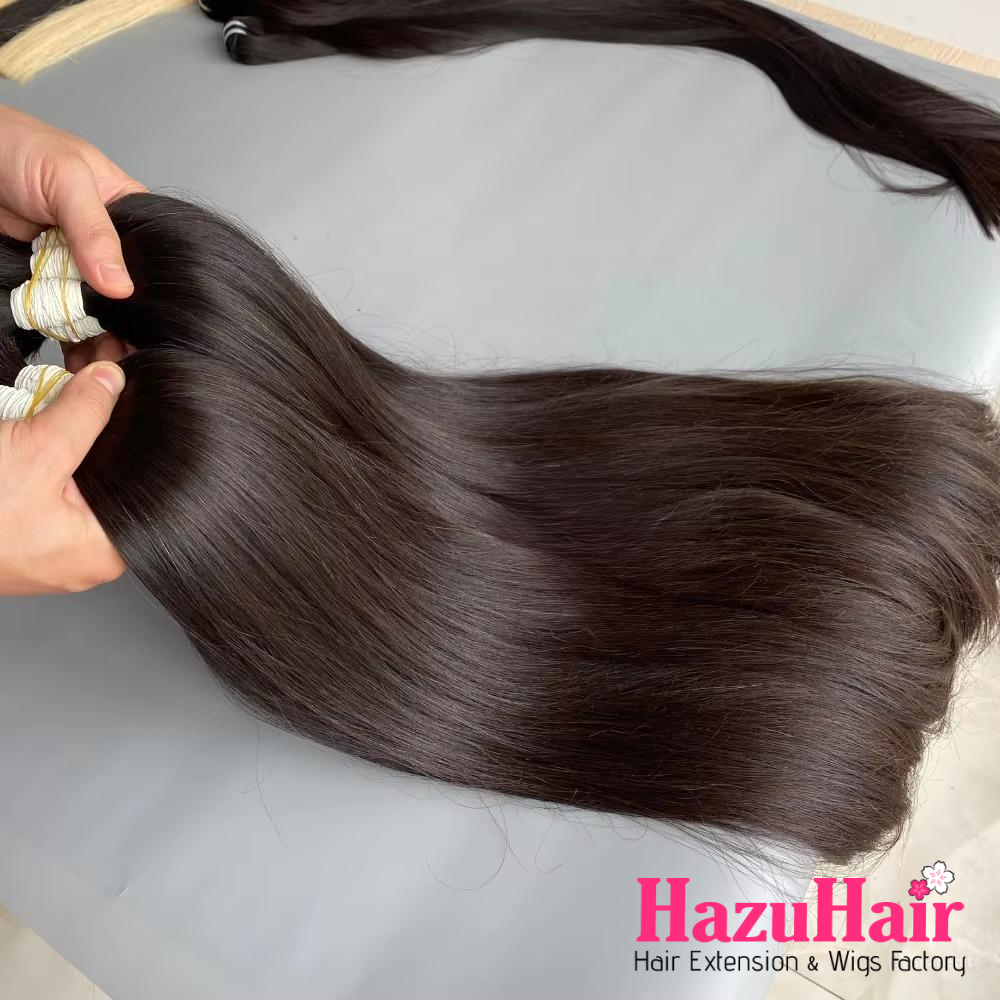
How Much Does Raw Hair Cost?
Raw hair bundles are considered a premium option due to their unprocessed, authentic nature and exceptional quality. The cost of raw hair can vary depending on several factors, including its texture, length, and country of origin.
Generally, raw hair is priced higher than virgin hair because of its rarity and superior durability. However, while the initial investment might seem steep, raw hair can actually be more cost-effective in the long term. Its durability and ability to maintain its quality with proper care mean you won’t need to replace it as frequently as other types of hair extensions.
The price also reflects the meticulous sourcing process, especially for single-donor bundles, which offer unparalleled uniformity and consistency. Whether you prefer sleek straight bundles, bouncy waves, or voluminous kinky curls, raw hair delivers a natural, long-lasting solution for your styling needs, making it worth the investment.
How Do You Identify Raw Hair?
Identifying authentic raw hair can be challenging at first glance, but there are reliable methods and characteristics to help you confirm its authenticity. Here are some key features to look for when examining raw hair bundles:
- Texture: Raw hair has a naturally coarse texture, providing a realistic and untouched feel. It should mimic the donor’s natural hair without any artificial smoothness or processing.
- Color: The hair typically comes in natural shades, such as black, dark brown, or off-black. Slight color variations within a bundle are common, as the hair is not dyed or chemically altered.
- Smell: Authentic raw hair should have a neutral or clean smell, free from any chemical or artificial odors. A chemical smell could indicate that the hair has been processed.
- Cuticles: The cuticles in raw hair are intact and aligned in the same direction. This alignment helps prevent tangling and matting, ensuring a smooth and durable product.
By carefully examining these features, you can distinguish raw hair from processed alternatives and ensure you’re investing in high-quality, authentic hair.
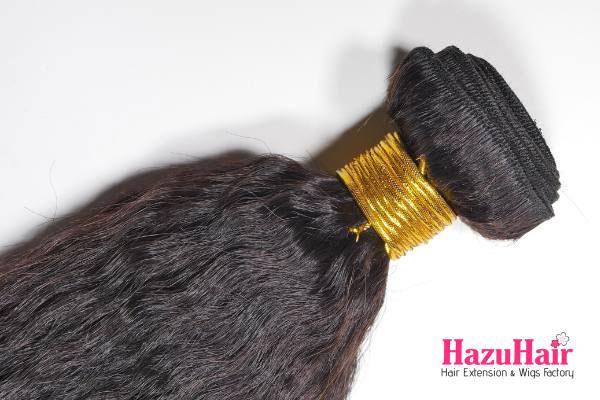
Is Raw Hair the Same as Remy Hair?
To put it simply: all raw hair is Remy hair, but not all Remy hair is raw. While both types of hair share some similarities, they have distinct differences that set them apart.
- Remy hair refers to hair with its cuticles intact and aligned in the same direction, which minimizes tangling and promotes a smooth, natural look. However, Remy hair may undergo chemical treatments, steaming, or other forms of processing to achieve specific textures, colors, or patterns. For example, Remy hair might be processed to create body waves, curls, or a uniform color.
- Raw hair, on the other hand, is entirely unprocessed. It is collected directly from the donor, bundled together, and sold in its pure, natural state. Unlike processed Remy hair, raw hair retains its original texture, pattern, and color without alterations, offering unmatched authenticity and durability.
In summary, while both raw and Remy hair are high-quality options, the key difference lies in their processing. Raw hair is ideal for those seeking a completely natural and unaltered product, while Remy hair offers more styling versatility through its light processing.
Does Raw Hair Tangle?
Raw hair is significantly less prone to tangling compared to other types of hair extensions, thanks to its intact and aligned cuticles. This natural alignment ensures a smooth flow, reducing friction that can cause knots and tangles.
However, proper care is crucial to maintain its tangle-free quality. Here are some tips to keep raw hair looking and feeling its best:
- Brush Regularly: Use a wide-tooth comb or a paddle brush to gently detangle the hair, starting from the ends and working your way up to the roots.
- Wash Gently: Clean the hair with a sulfate-free shampoo and a moisturizing conditioner to maintain its softness and natural texture.
- Avoid Excessive Heat: Limit the use of heat-styling tools like flat irons or curling wands to prevent damage. If styling is necessary, always use a heat protectant.
- Steer Clear of Harsh Chemicals: Avoid applying strong dyes, bleach, or other chemical treatments that could weaken the hair strands.
With proper maintenance, raw hair can remain tangle-free and maintain its beautiful, natural texture for a long time.
What Are the Benefits of Raw Hair?
Choosing raw hair bundles offers a range of benefits, making it an excellent investment for those seeking high-quality hair extensions. Here are some of the key advantages of raw hair:
- High Quality: Raw hair is not subjected to any chemical processing, making it naturally stronger and more durable than processed hair. When properly cared for, raw hair can maintain its quality and last for a long time, providing excellent value for money.
- Versatility: One of the standout features of raw hair is its versatility. It can be styled, colored, and treated just like your natural hair, allowing you to experiment with different looks without worrying about damaging the extensions.
- Minimal Shedding: Thanks to its intact, aligned cuticles, raw hair experiences significantly less shedding and tangling compared to other hair types. This not only makes it more manageable but also ensures a smoother, longer-lasting style.
- Healthier for Your Scalp and Natural Hair: Since raw hair is free from harmful chemicals and synthetic coatings, it is less likely to cause irritation or allergic reactions. This makes it a healthier option for your scalp and natural hair, ensuring comfort and safety for extended wear.
These qualities make raw hair a premium choice for anyone seeking durable, natural-looking, and easy-to-manage hair extensions.
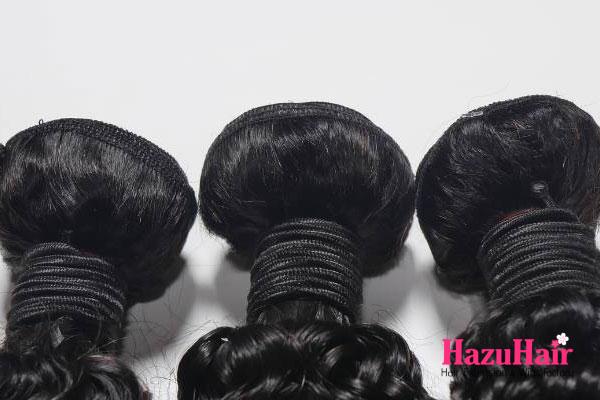
Can Raw Hair Be Double-Drawn?
While most hair sold in the USA is single-drawn due to the higher costs associated with double-drawn hair, it is still possible to find raw hair that is double-drawn. The process of double-drawing involves removing the shorter hairs from the bundle to create a more uniform length throughout, which makes the hair thicker and fuller.
However, double-drawn hair tends to be more expensive because it requires additional labor and resources to separate the shorter strands. If you want to assess whether your raw hair bundles are double-drawn, you can squeeze the hair from the weft down to check for thickness and evaluate the presence of shorter hairs. A well-done double-drawn bundle will have a consistent thickness with minimal shorter strands mixed in.
How Often Should I Wash Raw Hair?
Raw hair should typically be washed every 1-2 weeks, depending on how often you wear it and the products you use. If you’re styling it regularly, you may need to wash it more frequently.
When washing, use a sulfate-free shampoo and conditioner to preserve the hair’s natural moisture and texture. Always detangle the hair gently before washing to prevent knots, and avoid rubbing or twisting the hair aggressively, as this can cause matting or damage.
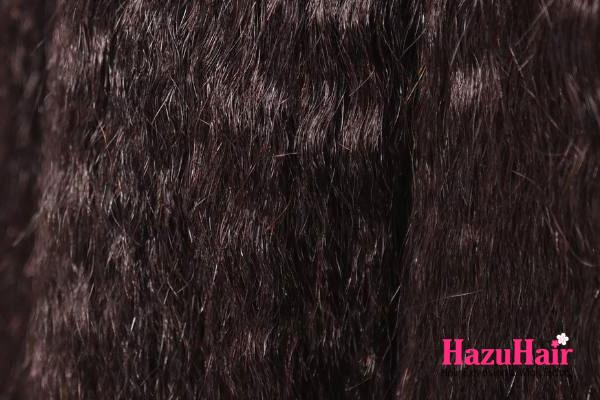
Are All Your Raw Indian Hair Questions Answered?
Here are two final questions for you to consider:
- Do you want to maintain a healthy scalp?
- Would you like to effortlessly look like royalty?
If you answered “yes” to both, then it’s time to head over to the nearest HazuHair store and grab the Raw Hair Bundles you truly deserve.
and…
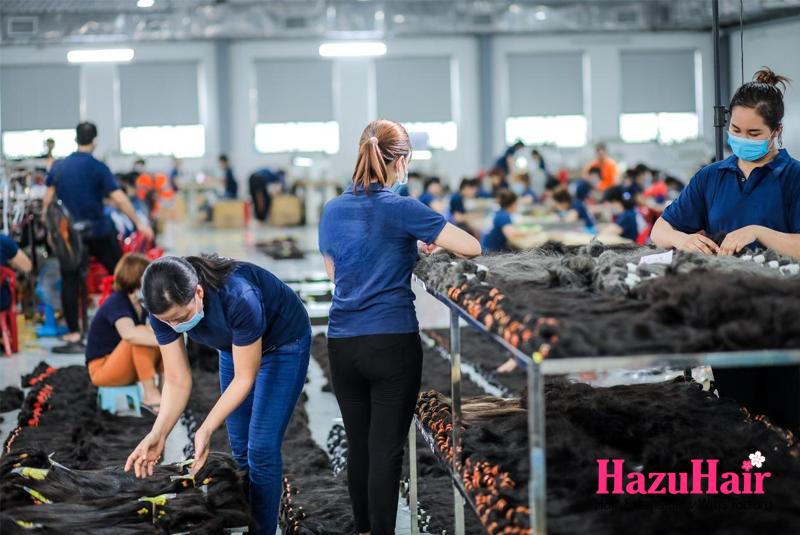
If you’re looking to buy high-quality wigs or hair extensions, look no further than HazuHair.
We are a trusted Vietnamese hair factory with over 100 skilled workers, offering a wide range of hair styles including wavy, curly, straight, kinky, and more.
Our products come in various colors such as natural black, ombre, blonde, red, pink, and many others.
Reach out to us today!
- Hair Factory: Tan Son 2 Village, Tan Dinh, Lang Giang, Bac Giang Province, Vietnam
- Hotline: +849 4949 3883
- Whatsapp Mrs ThanhLam: https://wa.me/84949493883
- Website: https://hazuhair.com
